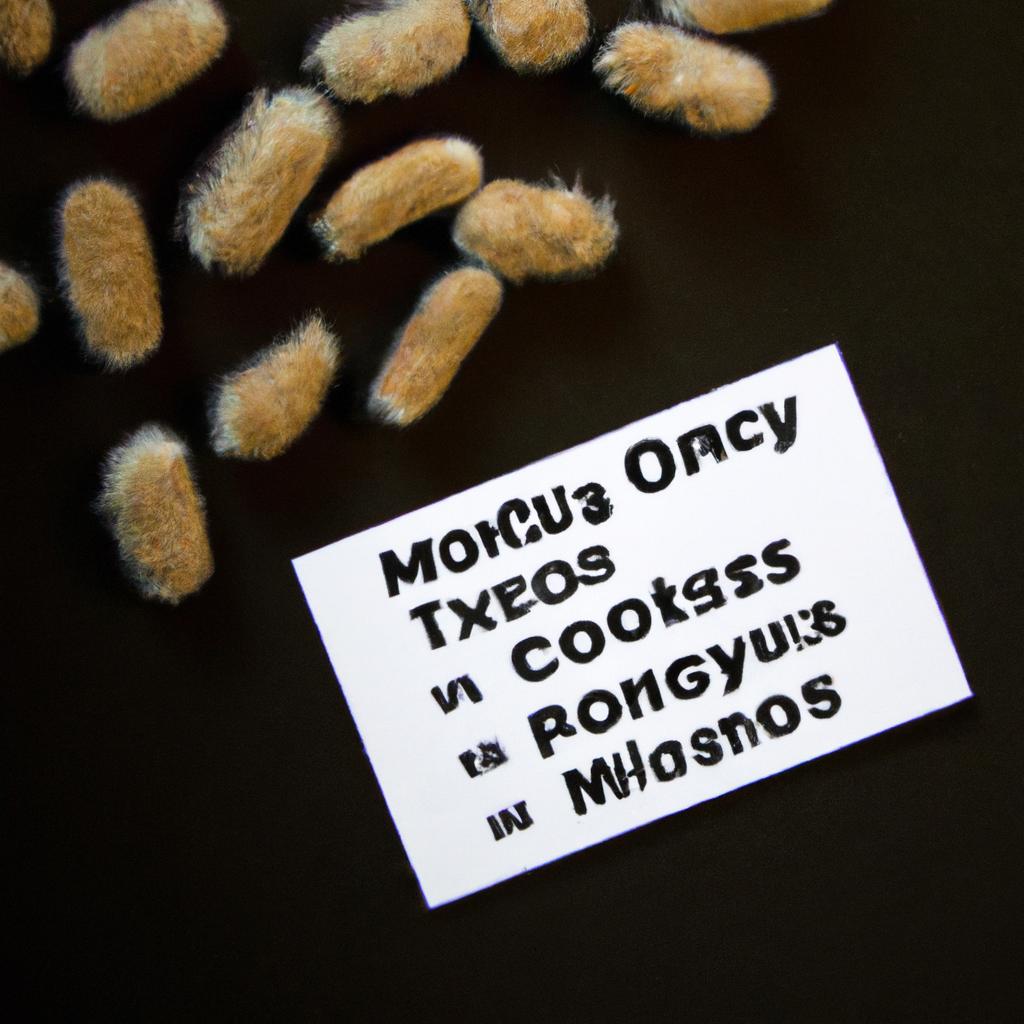**”The Role of Mycotoxins in Athletic Performance: Exploring How Fungal Contaminants in Food Sources Can Affect Health and Training Outcomes
# The Role of Mycotoxins in Athletic Performance: Exploring How Fungal Contaminants in Food Sources Can Affect Health and Training Outcomes
In the world of sports and physical performance, athletes pay close attention to their diets, knowing that what they consume can significantly influence their training outcomes. However, one often-overlooked aspect of nutrition is the presence of mycotoxins—naturally occurring fungal toxins found in various food sources. These contaminants can adversely affect health and performance, making it crucial for athletes to understand their implications. This blog post delves into the role of mycotoxins in athletic performance, how they can impact health, and offers practical tips for maintaining optimal well-being while training.
## Understanding Mycotoxins
### What Are Mycotoxins?
Mycotoxins are toxic compounds produced by certain molds that can contaminate food supplies. Common fungi that produce mycotoxins include Aspergillus, Penicillium, and Fusarium. These toxins can be found in grains, nuts, seeds, and even fruits, posing potential health risks to consumers.
### Sources of Mycotoxins
Mycotoxins can infiltrate a variety of food products. Some of the most common sources include:
– **Cereals and Grains**: Corn, wheat, and barley are often susceptible to fungal contamination, especially when stored improperly.
– **Nuts and Seeds**: Peanuts and sunflower seeds can harbor aflatoxins, a highly toxic type of mycotoxin.
– **Dried Fruits**: Raisins and apricots can be affected by ochratoxin A, which is detrimental to health.
## Effects of Mycotoxins on Health and Performance
### Health Risks of Mycotoxin Exposure
Exposure to mycotoxins can lead to a range of health issues, from acute poisoning to long-term chronic effects. Depending on the type and amount of mycotoxin ingested, symptoms can include:
– **Liver Damage**: Aflatoxins are particularly known for their hepatotoxic effects, which can impair liver function.
– **Immunosuppression**: Chronic exposure can weaken the immune system, making athletes more susceptible to infections.
– **Cognitive Impairment**: Some mycotoxins have been linked to neurological disorders, which can affect focus and mental clarity during training and competition.
### Impact on Athletic Performance
For athletes, the effects of mycotoxins can manifest in several ways:
– **Decreased Energy Levels**: Mycotoxin exposure can lead to fatigue, making it difficult to maintain training intensity.
– **Reduced Recovery**: Impaired immune function could prolong recovery times from injuries or intense workouts.
– **Impaired Nutrient Absorption**: Mycotoxins may interfere with the body’s ability to absorb essential nutrients, which are crucial for optimal performance.
## Nutrition Tips
To safeguard against the negative effects of mycotoxins, athletes should adopt the following nutrition strategies:
1. **Choose Organic Products**: Organic grains and nuts are less likely to be contaminated with mycotoxins due to stricter farming practices.
2. **Store Food Properly**: Keep grains and nuts in airtight containers in a cool, dry place to minimize the risk of mold growth.
3. **Diversify Your Diet**: Incorporate a wide range of foods to reduce the risk of exposure from any single source.
4. **Cook Food Thoroughly**: Proper cooking can reduce the levels of some mycotoxins, so ensure grains and legumes are cooked to the appropriate temperatures.
## Exercise Advice
In addition to nutrition, athletes can take specific steps to mitigate the effects of mycotoxins on training:
1. **Monitor Performance**: Keep track of energy levels and performance metrics to identify any potential correlations with dietary choices.
2. **Rest and Recovery**: Prioritize rest days to allow your body to recover, especially if you suspect mycotoxin exposure.
3. **Hydration**: Maintain adequate hydration to support detoxification processes in the body.
## Health Benefits
Understanding and managing mycotoxin exposure can lead to several health benefits for athletes, including:
– **Enhanced Performance**: By minimizing mycotoxin intake, athletes can maintain higher energy levels and optimize their training.
– **Improved Immune Function**: A healthy diet free from mycotoxins supports a robust immune system, essential for athletes who are frequently training hard and facing physical stress.
– **Better Mental Clarity**: With reduced exposure to neurotoxins, athletes can experience improved focus and cognitive function during training and competition.
## Conclusion
In conclusion, mycotoxins present a significant yet often overlooked risk to athletic performance and overall health. By recognizing the sources of these fungal contaminants and implementing proper dietary and training strategies, athletes can mitigate adverse effects and enhance their performance outcomes. Maintaining a vigilant approach to nutrition and health will not only support athletic endeavors but also contribute to long-term well-being.















Post Comment